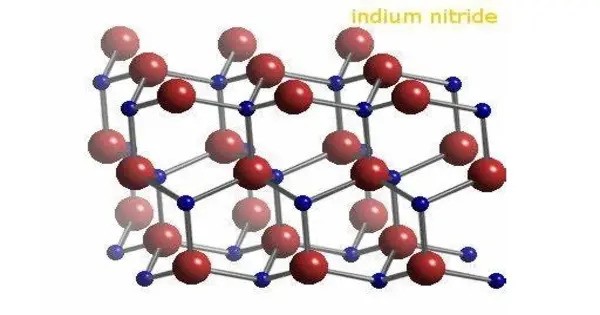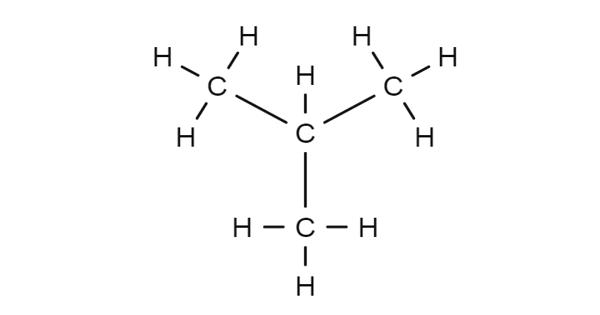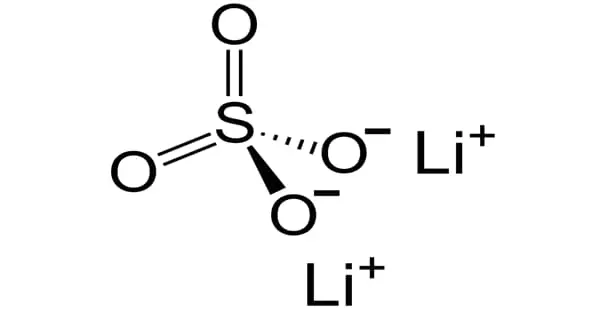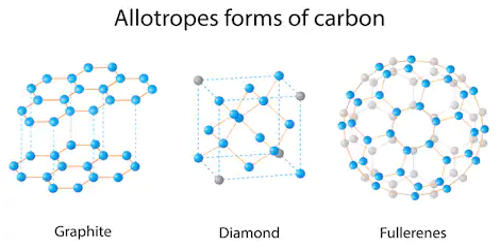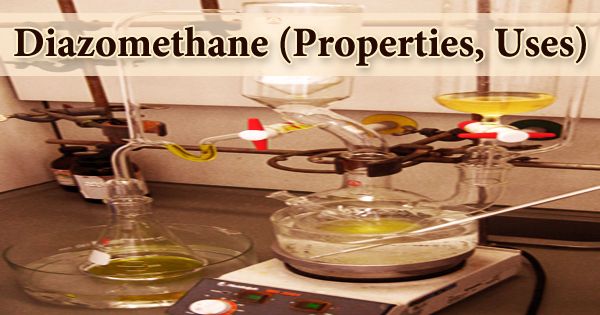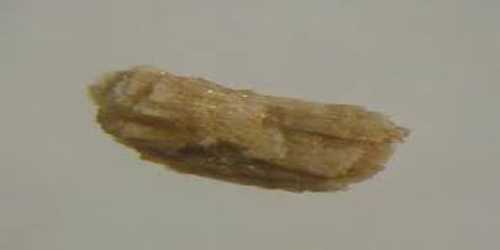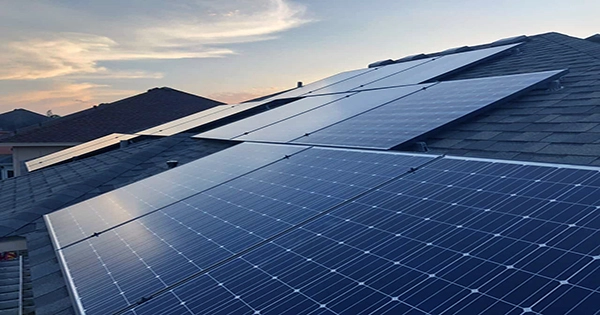Indium nitride (InN) is a small bandgap semiconductor material which has potential application in solar cells and high speed electronics. is a compound semiconductor material made of indium (In) and nitrogen (N). It is part of the III-V family of semiconductors, with indium being a Group III element and nitrogen a Group V element in the periodic table. InN has attracted significant interest due to its unique electronic and optical properties, especially its potential applications in high-performance electronic devices, optoelectronics, and energy systems.
The bandgap of InN has now been established as ~0.7 eV depending on temperature (the obsolete value is 1.97 eV). The effective electron mass has been recently determined by high magnetic field measurements, m* =0.055 m0.
Alloyed with GaN, the ternary system InGaN has a direct bandgap span from the infrared (0.69 eV) to the ultraviolet (3.4 eV).
Properties
- Chemical formula: InN
- Molar mass: 128.83 g/mol
- Appearance: black powder
- Density: 6.81 g/cm3
- Melting point: 1,100 °C (2,010 °F; 1,370 K)
- Solubility in water: hydrolysis
- Band gap: 0.65 eV (300 K)
- Electron mobility: 3200 cm2/(V.s) (300 K)
- Thermal conductivity: 45 W/(m.K) (300 K)
Bandgap
Indium Nitride is known for its narrow bandgap. Its direct bandgap is typically reported to be around 0.7 eV at room temperature, though there are ongoing debates, and some studies suggest that it may be even smaller. This makes InN potentially useful for optoelectronics, especially in the infrared range.
Electrical Properties
InN is a good semiconductor with high electron mobility (often greater than 1000 cm²/V·s at room temperature), which makes it an attractive material for high-speed electronic applications. It has the potential to be used in high-electron-mobility transistors (HEMTs), which can be employed in high-frequency and high-power applications like communication devices, radar, and satellite systems.
Optical Properties
Due to its narrow bandgap, InN can be used in infrared emitters and detectors. It can also be paired with other III-V semiconductors like Gallium Nitride (GaN) and Aluminum Nitride (AlN) to form heterostructures for optoelectronic devices. The material is also considered for solar cell technology, as it could potentially be incorporated into tandem solar cells for more efficient light absorption across different wavelengths.
Applications
- High-Speed Electronics: Due to its high electron mobility, InN can be used in the fabrication of transistors and other high-speed electronic components.
- Optoelectronics: InN-based devices can be used in light-emitting diodes (LEDs), lasers, and photodetectors, particularly for applications in the infrared range.
- Energy Harvesting: InN is being explored in the context of solar cells, as it may allow for more efficient conversion of sunlight, especially in combination with other III-V semiconductors.
